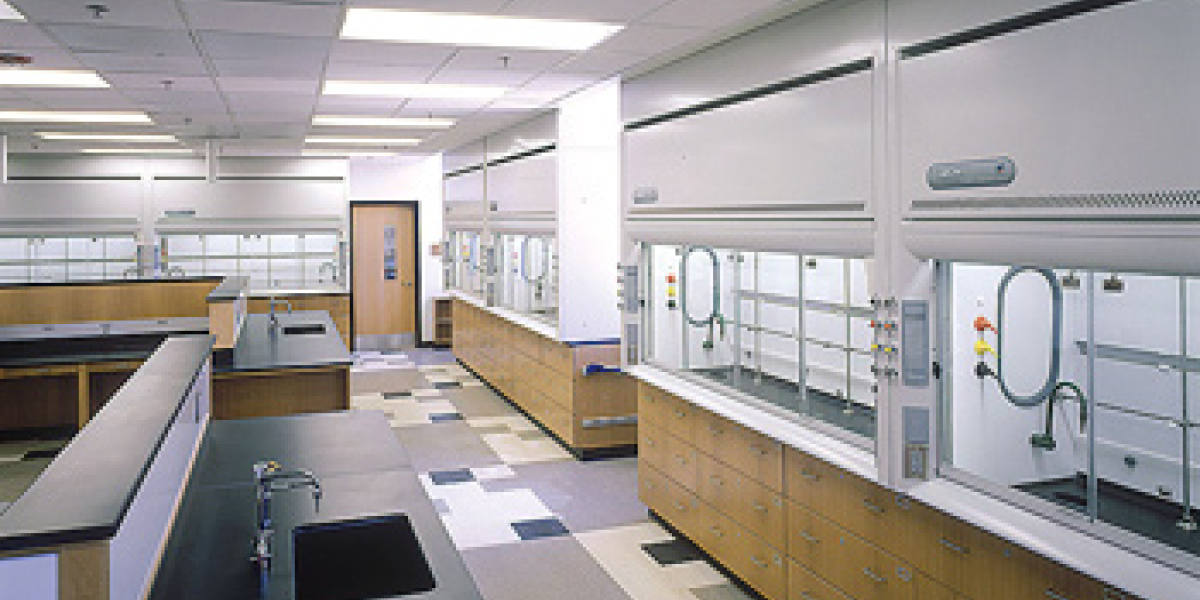Standard changes for chemical fume hood containment

ASHRAE 110-2012
This standard is the most widely accepted test method for chemical fume hood containment, and for 2012, there are few changes. The major difference between the new version and the test method used today is the height of the mannequin placed in front of the fume hood during tracer gas testing. Expect a reduction of about 4” in mannequin height, resulting in a much more difficult test.
The new standard will also encourage the use of electronic data logging. There has been some talk of switching tracer gas from sulfur hexafluoride to nitrous oxide, but don’t expect this change anytime soon.
NFPA 45-2011
The recognized acceptable minimum volumetric rate (CFM) of air for fume hood exhaust is typically cited from National Fire Protection Association’s NFPA 45 recommendation of 25 CFM per interior square foot of work area. This data is used by mechanical system designers, air balancers, Variable Air Volume (VAV) and mechanical contractors. As the sash is closed on a fume hood installed in conjunction with a VAV system, the volumetric rate of air is reduced to maintain a constant face velocity (fpm).
However, the standard noted above, gives a floor to this reduction in volumetric rate. In simple terms, no matter how far you close the sash, the VAV system will never go below this volumetric rate. This minimum provides the basis for mechanical design and life cycle cost assessment. However, for 2011, NFPA 45 has changed the language in their standard as follows"
"...hood exhaust airflow should not be reduced to less than the flow rate recommended in ANSI Z9.5, Laboratory Ventilation."
ANSI Z9.5 2011
Currently the American National Standards Institute (ANSI) Z9.5 for 2011 is still not released. In the 2011 version, ANSI Z9.5 standard will reflect a new minimum of 150 air changes per hour inside the fume hood. As long as this new minimum is adequate for the specific application, and depending on fume hood dimensions, this is approximately 52-60% reduction in the minimum volumetric rate of air.
Considering fume hoods should spend most of their life with their sashes closed, this represents a dramatic reduction in energy consumption, and consequently operating cost. Look for changes in the minimum air change requirement for the laboratory as well. The new number could be as low as two air changes per hour during unoccupied times.
Find out: What is ASHRAE 110-2016?
If you have any questions regarding laboratory planning, current standards, products or require a bid, please call our Sales Engineering Group at 800-821-5525.
| chevron_left | Heat (BTU) Considerations, Laboratory Construction & Laboratory Equipment | Articles | Labconco Holiday Closings | chevron_right |






